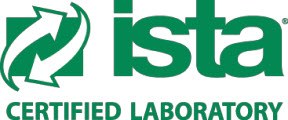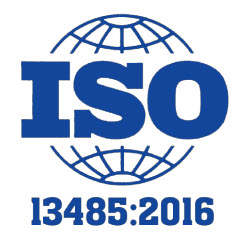ISTA Standards
Life Science Outsourcing has deep expertise in providing packaging testing that complies with all relevant International Safe Transit Association (ISTA) standards.
ISTA Standards Expertise
International Safe Transit Association (ISTA) is the author of test procedures that define how packages should perform to ensure protection of their contents. ISTA has created the industry’s testing standards and is trusted worldwide to inform global manufacturers how to survive the ever-changing hazards of a global transportation environment, as well as the more familiar challenges at home. The organization pioneered package performance testing over 60 years ago and today is the most trusted, knowledgeable, and respected authority in package-performance testing.
ISTA test procedures are internationally recognized because they are based on leading technology and the most current global transport environment data. The organization provides the final validation of package revisions through its packaged-product performance test procedures. The procedures/standards are acceptable in complying with the ISO 11607 standard.
Today, the endgame of packaging is better-protected products using more effective and efficient packaging. ISTA sets the standard for optimizing packages that are survivable, sustainable, and successful. With ISTA package testing, manufacturers improve products and packages, which protects their reputations and their bottom lines. ISTA helps ensure that transported products arrive safely.
ISTA-2A: Partial Simulation Performance Tests
Tests with at least one element of 3 Series type General Simulation performance tests, such as atmospheric conditioning or fixed displacement vibration, in addition to basic elements of a 1 Series type Non-Simulation Integrity test. Very common testing for medical devices.
ISTA-3A: General Simulation Performance Tests
Designed to provide a laboratory simulation of the general damage-producing motions, forces, conditions, and sequences of transport environments. Applicable across broad sets of circumstances, such as a variety of vehicle types and routes, or a varying number of handling exposures. Characteristics will include simple shaped random vibration, different drop heights applied to the sample package, and/or atmospheric conditioning. It is not regularly used for testing of medical devices.


